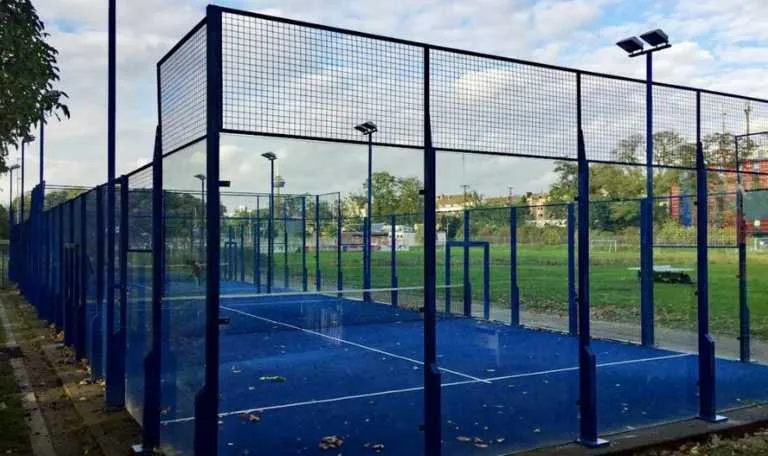

The Rise of Padel Tennis and Its Manufacturing Landscape
Padel tennis, often simply referred to as padel, is rapidly gaining traction across the globe. With its blend of traditional tennis and squash elements, padel offers a unique gameplay experience that appeals to players of all ages and skill levels. As the sport’s popularity surges, so does the demand for quality equipment, leading to an expansion in the number of padel factories catering to this burgeoning market.
The Growth of Padel
Originating from Mexico in the 1960s, padel has seen a remarkable rise in the last two decades, particularly in Europe and Latin America. The sport is characterized by its smaller court size, the use of walls, and a scoring system similar to tennis. What makes padel especially appealing is its social component; it is primarily played in doubles, fostering a community-oriented environment. As a result, many tennis clubs and sports centers are incorporating padel courts into their facilities, further contributing to the sport’s growth.
Padel Manufacturing Industry
As padel’s popularity increases, the demand for high-quality rackets, balls, and court construction materials has soared. Padel factories worldwide are emerging to meet this demand. Countries like Spain, Italy, and Argentina are at the forefront of producing padel equipment, with a myriad of brands offering innovative products.

The manufacturing process of padel equipment involves a combination of traditional craftsmanship and modern technology. Rackets are often made from advanced materials such as carbon fiber, fiberglass, and EVA foam, which enhance performance while maintaining durability. Factories focus on creating rackets that cater to various playing styles—be it power, control, or a combination of both. The design of the racket also plays a critical role, as aesthetics can influence consumer choices.
Sustainability in Production
With the increasing awareness of environmental issues, many padel manufacturers are now prioritizing sustainable practices in their production processes. This includes sourcing eco-friendly materials, minimizing waste, and implementing energy-efficient manufacturing methods. Some factories are experimenting with recycled materials to create rackets and balls, aligning the growth of padel with sustainable development goals.
The Future of Padel Factories
As the sport continues to expand, the future looks bright for padel factories. Innovations in materials and production techniques will likely lead to even better equipment, enhancing the overall playing experience. Additionally, the increasing globalization of sports means that padel could soon find a significant foothold in regions where it is currently less known.
In conclusion, the growing popularity of padel tennis has created a vibrant manufacturing landscape. The synergy between the sport's need for quality equipment and the factories' innovative approaches is set to define the future of padel. As more people discover the joys of padel, the industry will undoubtedly continue to evolve, ushering in a new era of sportsmanship and community.
Industrial Flooring Solutions for Indoor Paddle Tennis Factories
Premium Homogeneous Transparent Rubber Floor - Durable & Clear
Premium PVC & Rubber Sports Flooring - Safety & Durability
Premium Rubber Composite Flooring - Durable & Anti-Slip for Safety
Durable & Slip-Resistant Industrial Flooring for Squash Courts & Factories
Premium Rubber Floor Mats Durable, Non-Slip & Easy Clean